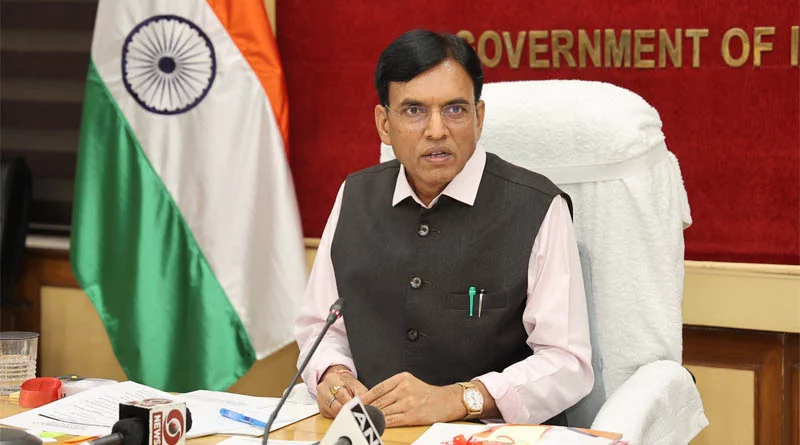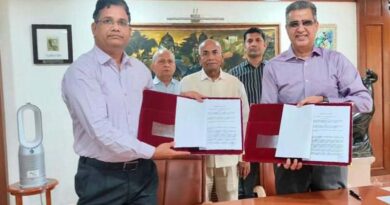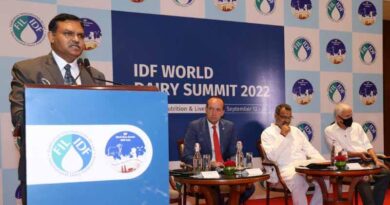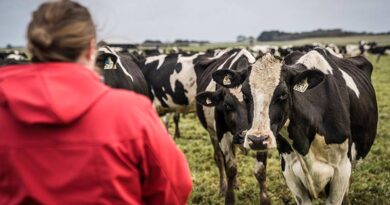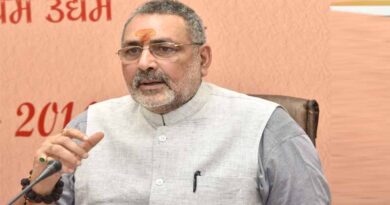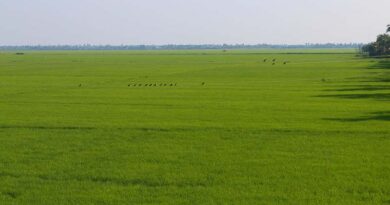Small dairy farmers: The backbone of Indian dairy
Guest Author: Mr. Ravin Saluja, Director of Sterling Agro Industries Limited
26 June 2023, New Delhi: Small-scale dairy farming is the foundation of the milk industry in India, and it significantly increases and improves milk production. The dairy sector accounts for a sizeable portion of India’s rural economy and is strongly supported by the country’s small dairy farmers. It has a significant impact on the socioeconomic development of the country. As a result, it becomes their source of income and aids the rural population in maintaining their way of life, especially in light of the crucial role that small dairy farmers play in ensuring food security and the significance of dairying in India.
The dairy industry offers people many choices and has a long-lasting impact on society and the economy. As a result, to increase milk output and maintain its quality, a much stronger infrastructure for the entire milk production process—including the distribution and processing of the same—is required. Additionally, not everyone has the financial resources to invest a sizeable sum of money in a dairy farm; as a result, investments in the Indian dairy farming industry are required.
The dairy sector in India is growing quickly while attempting to keep up with modern technological advancements. Dairying is now an important supplemental source of income and an important source of employment and income for many rural residents. The prevalence of malnutrition has been significantly reduced in India thanks to milk and related products. But there are some inescapable challenges that the dairy sector in India is facing and that have a direct impact on the overall functioning of our small-scale farmers. One such challenge is the growing supply-demand imbalance for feed and fodder, which hinders the performance of animals in the dairy sector when it comes to utilizing easily accessible feed. Giving dairy cattle poor-quality feed puts a limit on the animal-raising approach. Many cattle owners neglect to give their animals the necessary protection, leaving them vulnerable to bad weather. There are many such health grievances that these small dairy farmers are facing concerning the well-being of their cattle. They are powerless to prevent such catastrophes, which ultimately lead to increased animal mortality due to inadequate veterinary care facilities. All these flaws in the dairy industry might be partially fixed by offering thorough education and training programs on superior dairy practices.
To advance the dairy industry, several regional and national banks can take the initiative in offering substantial lending facilities to farmers, particularly small dairy farmers. Additionally, farmers must have regular access to affordable veterinary care at their doorsteps. The establishment of a veterinary medical facility will also improve the sterilization program’s effectiveness. After that, efforts should be made to improve the feed’s quality and quantity while offering it at much more affordable prices. All of these modest dairy industry initiatives can help the various small dairy farmers establish a consistent and adequate flow of income for their families. Furthermore, if the difficulties they encounter and the issues they raise are taken into consideration and resolved, the knowledge that these small Indian dairy farmers possess can improve the nation’s overall dairy sector processing capacity.
Conclusion
In the past decades, India has gone from having a severe milk shortage to becoming the world’s top producer of milk, with small farmers being the driving force of the dairy industry. A significant component of India’s dairy business is made up of millions of small and marginal dairy farmers who own a smaller number of cows and generate an average of 7-10 liters per day. Key elements of poverty-targeting development policies include livestock development generally and dairy development specifically. As a result, shifts in the dairying environment have significant ramifications for smallholder farmers and the fight against poverty. Doubtlessly, farmers’ ignorance of proper feeding and management techniques has prevented them from maximizing the potential of their livestock, which might be averted by comprehensive instruction and training in the best dairy practices. All of this will encourage small dairy producers to play a significant role in fostering dairy development initiatives.
Also Read: Best Agrolife Ltd. Receives CIB Registrations for Three More Major Technicals
(For Latest Agriculture News & Updates, follow Krishak Jagat on Google News)

